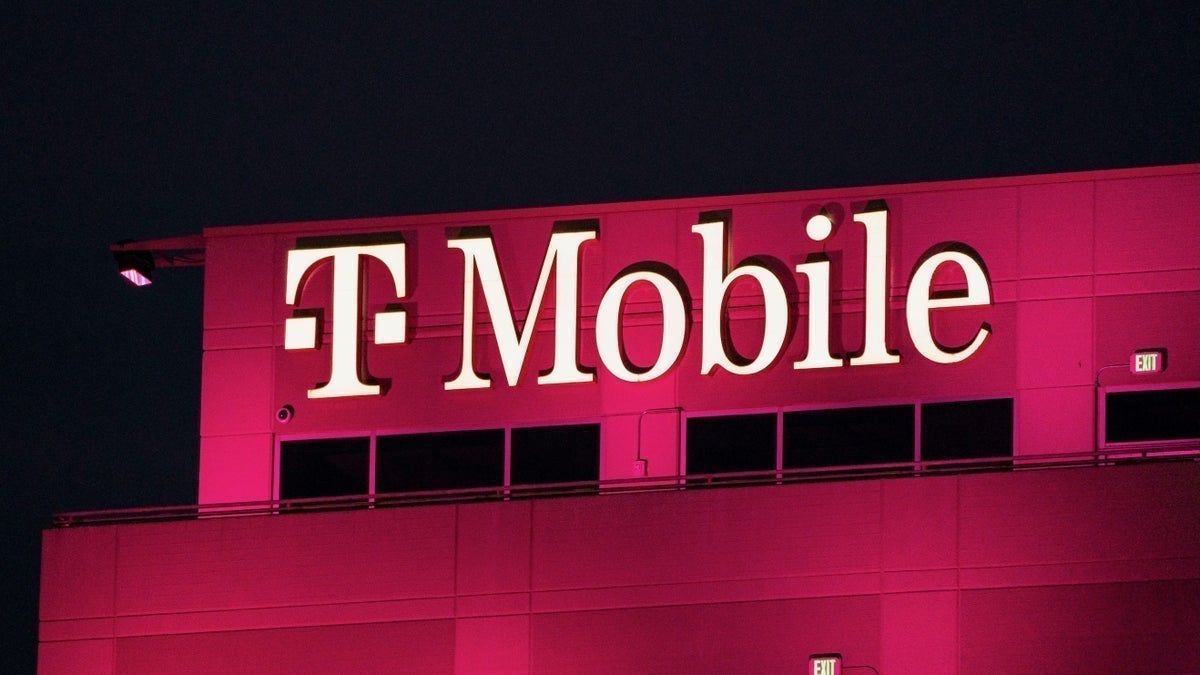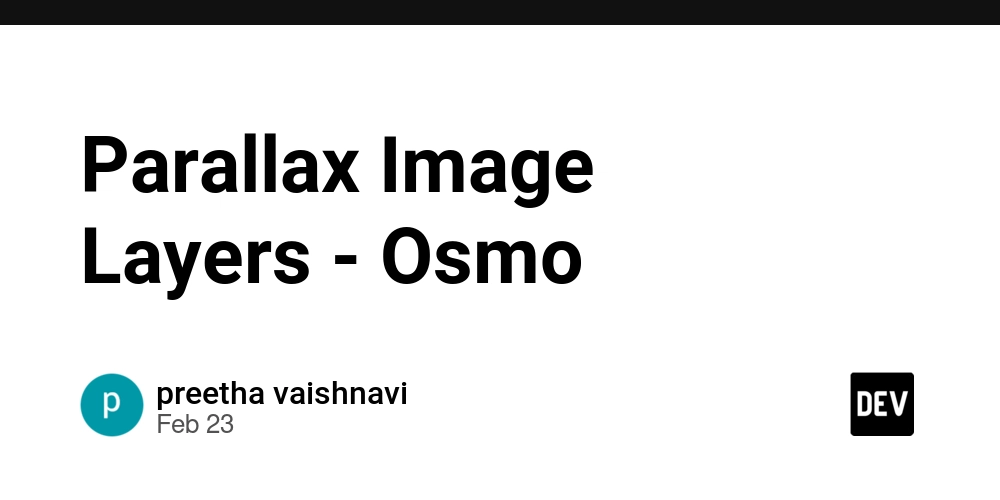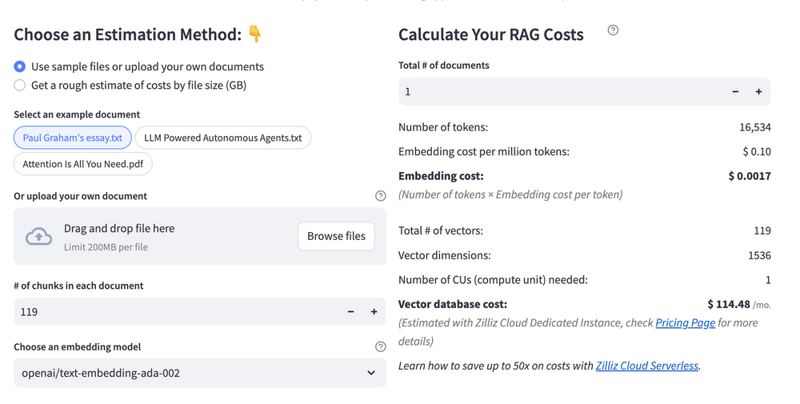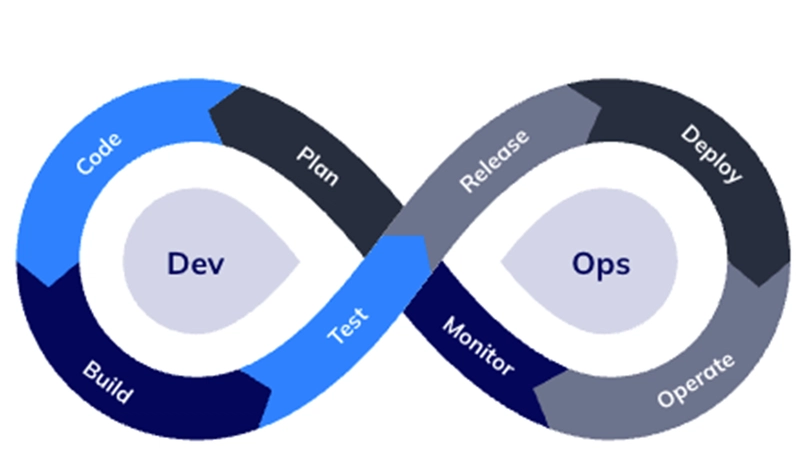Convert GeoJSON to PMTiles with AWS Serverless Pattern
PMTiles is a powerful tool to store map tiles and serve them in "serverless" way. It is one of Cloud-optimized format, which can be used over HTTP and doesn't depend on file-system. Actually, Protmaps shows examples to serve PMTiles with AWS Lambda or some serverless infrastructure. https://docs.protomaps.com/deploy/aws In this articlle, I try to show how to create PMTiles in "serverless" way. Architecture CDK Stack import * as cdk from 'aws-cdk-lib'; import { Construct } from 'constructs'; import * as s3 from 'aws-cdk-lib/aws-s3'; import * as lambda from 'aws-cdk-lib/aws-lambda'; import * as s3n from 'aws-cdk-lib/aws-s3-notifications'; import * as path from 'path'; export class AutoTilerStack extends cdk.Stack { constructor(scope: Construct, id: string, props?: cdk.StackProps) { super(scope, id, props); // S3 buckets for input GeoJSON and output PMTiles const geojsonBucket = new s3.Bucket(this, 'GeojsonBucket', { removalPolicy: cdk.RemovalPolicy.DESTROY, autoDeleteObjects: true, }); const pmtilesBucket = new s3.Bucket(this, 'PmtilesBucket', { removalPolicy: cdk.RemovalPolicy.DESTROY, autoDeleteObjects: true, }); // Lambda function to run tippecanoe for conversion const tippecanoeLambda = new lambda.DockerImageFunction( this, 'TippecanoeLambda', { code: lambda.DockerImageCode.fromImageAsset( path.join(__dirname, '../lambda'), ), timeout: cdk.Duration.minutes(15), memorySize: 1770, // 2 vCPUs environment: { OUTPUT_BUCKET: pmtilesBucket.bucketName, }, architecture: lambda.Architecture.ARM_64, }, ); // Grant permissions geojsonBucket.grantRead(tippecanoeLambda); pmtilesBucket.grantReadWrite(tippecanoeLambda); // Configure S3 event notification to trigger Lambda directly geojsonBucket.addEventNotification( s3.EventType.OBJECT_CREATED, new s3n.LambdaDestination(tippecanoeLambda), { suffix: '.geojson' }, // Only trigger for .geojson files ); // Output the bucket names new cdk.CfnOutput(this, 'GeojsonBucketName', { value: geojsonBucket.bucketName, description: 'Name of the S3 bucket for GeoJSON files', }); new cdk.CfnOutput(this, 'PMTilesBucketName', { value: pmtilesBucket.bucketName, description: 'Name of the S3 bucket for PMTiles files', }); new cdk.CfnOutput(this, 'PMTilesBucketWebsiteUrl', { value: pmtilesBucket.bucketWebsiteUrl, description: 'URL of the PMTiles bucket website', }); } } Lambda codes These codes implicitly assume tippecanoe is available in the system. import * as AWS from 'aws-sdk'; import { S3Event, S3EventRecord } from 'aws-lambda'; import { spawn, ChildProcess } from 'child_process'; import * as fs from 'fs'; import * as path from 'path'; import * as os from 'os'; const s3 = new AWS.S3(); export const handler = async (event: S3Event): Promise => { console.log('Received event:', JSON.stringify(event, null, 2)); // Process only the first record (we expect only one per invocation) const record: S3EventRecord = event.Records[0]; // Get the S3 bucket and key from the event const srcBucket = record.s3.bucket.name; const srcKey = decodeURIComponent(record.s3.object.key.replace(/\+/g, ' ')); // Get the output bucket from environment variables const dstBucket = process.env.OUTPUT_BUCKET as string; // Create temporary directory for processing const tmpDir = fs.mkdtempSync(path.join(os.tmpdir(), 'geojson-')); const localGeojsonPath = path.join(tmpDir, 'input.geojson'); const outputDir = path.join(tmpDir, 'output'); try { // Create output directory fs.mkdirSync(outputDir, { recursive: true }); // Download the GeoJSON file from S3 console.log(`Downloading ${srcKey} from ${srcBucket}`); const geojsonObject = await s3 .getObject({ Bucket: srcBucket, Key: srcKey, }) .promise(); // Write the GeoJSON to a local file fs.writeFileSync(localGeojsonPath, geojsonObject.Body as Buffer); // Extract the base name without extension for the tile directory const baseName = path.basename(srcKey, path.extname(srcKey)); // Run tippecanoe to convert GeoJSON to PMTiles console.log('Running tippecanoe'); await runTippecanoe(localGeojsonPath, outputDir, baseName); // Upload the PMTiles file to S3 console.log('Uploading PMTiles to S3'); const pmtilesPath = path.join(outputDir, `${baseName}.p

PMTiles is a powerful tool to store map tiles and serve them in "serverless" way. It is one of Cloud-optimized format, which can be used over HTTP and doesn't depend on file-system.
Actually, Protmaps shows examples to serve PMTiles with AWS Lambda or some serverless infrastructure.
https://docs.protomaps.com/deploy/aws
In this articlle, I try to show how to create PMTiles in "serverless" way.
Architecture
CDK Stack
import * as cdk from 'aws-cdk-lib';
import { Construct } from 'constructs';
import * as s3 from 'aws-cdk-lib/aws-s3';
import * as lambda from 'aws-cdk-lib/aws-lambda';
import * as s3n from 'aws-cdk-lib/aws-s3-notifications';
import * as path from 'path';
export class AutoTilerStack extends cdk.Stack {
constructor(scope: Construct, id: string, props?: cdk.StackProps) {
super(scope, id, props);
// S3 buckets for input GeoJSON and output PMTiles
const geojsonBucket = new s3.Bucket(this, 'GeojsonBucket', {
removalPolicy: cdk.RemovalPolicy.DESTROY,
autoDeleteObjects: true,
});
const pmtilesBucket = new s3.Bucket(this, 'PmtilesBucket', {
removalPolicy: cdk.RemovalPolicy.DESTROY,
autoDeleteObjects: true,
});
// Lambda function to run tippecanoe for conversion
const tippecanoeLambda = new lambda.DockerImageFunction(
this,
'TippecanoeLambda',
{
code: lambda.DockerImageCode.fromImageAsset(
path.join(__dirname, '../lambda'),
),
timeout: cdk.Duration.minutes(15),
memorySize: 1770, // 2 vCPUs
environment: {
OUTPUT_BUCKET: pmtilesBucket.bucketName,
},
architecture: lambda.Architecture.ARM_64,
},
);
// Grant permissions
geojsonBucket.grantRead(tippecanoeLambda);
pmtilesBucket.grantReadWrite(tippecanoeLambda);
// Configure S3 event notification to trigger Lambda directly
geojsonBucket.addEventNotification(
s3.EventType.OBJECT_CREATED,
new s3n.LambdaDestination(tippecanoeLambda),
{ suffix: '.geojson' }, // Only trigger for .geojson files
);
// Output the bucket names
new cdk.CfnOutput(this, 'GeojsonBucketName', {
value: geojsonBucket.bucketName,
description: 'Name of the S3 bucket for GeoJSON files',
});
new cdk.CfnOutput(this, 'PMTilesBucketName', {
value: pmtilesBucket.bucketName,
description: 'Name of the S3 bucket for PMTiles files',
});
new cdk.CfnOutput(this, 'PMTilesBucketWebsiteUrl', {
value: pmtilesBucket.bucketWebsiteUrl,
description: 'URL of the PMTiles bucket website',
});
}
}
Lambda codes
These codes implicitly assume tippecanoe is available in the system.
import * as AWS from 'aws-sdk';
import { S3Event, S3EventRecord } from 'aws-lambda';
import { spawn, ChildProcess } from 'child_process';
import * as fs from 'fs';
import * as path from 'path';
import * as os from 'os';
const s3 = new AWS.S3();
export const handler = async (event: S3Event): Promise<any> => {
console.log('Received event:', JSON.stringify(event, null, 2));
// Process only the first record (we expect only one per invocation)
const record: S3EventRecord = event.Records[0];
// Get the S3 bucket and key from the event
const srcBucket = record.s3.bucket.name;
const srcKey = decodeURIComponent(record.s3.object.key.replace(/\+/g, ' '));
// Get the output bucket from environment variables
const dstBucket = process.env.OUTPUT_BUCKET as string;
// Create temporary directory for processing
const tmpDir = fs.mkdtempSync(path.join(os.tmpdir(), 'geojson-'));
const localGeojsonPath = path.join(tmpDir, 'input.geojson');
const outputDir = path.join(tmpDir, 'output');
try {
// Create output directory
fs.mkdirSync(outputDir, { recursive: true });
// Download the GeoJSON file from S3
console.log(`Downloading ${srcKey} from ${srcBucket}`);
const geojsonObject = await s3
.getObject({
Bucket: srcBucket,
Key: srcKey,
})
.promise();
// Write the GeoJSON to a local file
fs.writeFileSync(localGeojsonPath, geojsonObject.Body as Buffer);
// Extract the base name without extension for the tile directory
const baseName = path.basename(srcKey, path.extname(srcKey));
// Run tippecanoe to convert GeoJSON to PMTiles
console.log('Running tippecanoe');
await runTippecanoe(localGeojsonPath, outputDir, baseName);
// Upload the PMTiles file to S3
console.log('Uploading PMTiles to S3');
const pmtilesPath = path.join(outputDir, `${baseName}.pmtiles`);
await uploadPMTiles(pmtilesPath, dstBucket, '');
return {
statusCode: 200,
body: JSON.stringify({
message: 'GeoJSON successfully converted to PMTiles',
source: srcKey,
destination: `${baseName}.pmtiles`,
}),
};
} catch (error) {
console.error('Error:', error);
throw error;
} finally {
// Clean up temporary files
try {
fs.rmSync(tmpDir, { recursive: true, force: true });
} catch (err) {
console.error('Error cleaning up temporary files:', err);
}
}
};
// Function to run tippecanoe
async function runTippecanoe(
inputFile: string,
outputDir: string,
baseName: string,
): Promise<void> {
return new Promise((resolve, reject) => {
const tileDir = path.join(outputDir, baseName);
fs.mkdirSync(tileDir, { recursive: true });
const tippecanoe = spawn('tippecanoe', [
'-o',
`${tileDir}.pmtiles`,
'-z',
'14', // Maximum zoom level
'-M',
'1000000', // max filesize of each tile
'-l',
baseName, // Layer name
inputFile,
]);
setupProcessListeners(tippecanoe, 'tippecanoe', (code) => {
if (code !== 0) {
reject(new Error(`tippecanoe process exited with code ${code}`));
return;
}
resolve();
});
});
}
// Helper function to set up process listeners
function setupProcessListeners(
process: ChildProcess,
name: string,
onClose: (code: number | null) => void,
): void {
process.stdout?.on('data', (data) => {
console.log(`${name} stdout: ${data}`);
});
process.stderr?.on('data', (data) => {
console.error(`${name} stderr: ${data}`);
});
process.on('close', onClose);
}
// Function to upload a PMTiles file to S3
async function uploadPMTiles(
pmtilesPath: string,
bucket: string,
prefix: string,
): Promise<void> {
const fileContent = fs.readFileSync(pmtilesPath);
const fileName = path.basename(pmtilesPath);
// Use the same path format as in the response
const s3Key = prefix === '' ? fileName : `${prefix}/${fileName}`;
await s3
.putObject({
Bucket: bucket,
Key: s3Key,
Body: fileContent,
ContentType: 'application/octet-stream',
})
.promise();
console.log(`Uploaded ${s3Key} to ${bucket}`);
}
Testing
PUT GeoJSON to S3
Lambda invoked and start processing with tippecanoe
PMTiles is uploaded
Check contents of PMTiles
PMTiles Viewer is useful.
Conclusion
This is a very basic pattern. It lacks many functionalities, such as support for other file formats and error handling, but I think you can add them to this pattern without much effort.








































































































































































![[The AI Show Episode 143]: ChatGPT Revenue Surge, New AGI Timelines, Amazon’s AI Agent, Claude for Education, Model Context Protocol & LLMs Pass the Turing Test](https://www.marketingaiinstitute.com/hubfs/ep%20143%20cover.png)


















































































































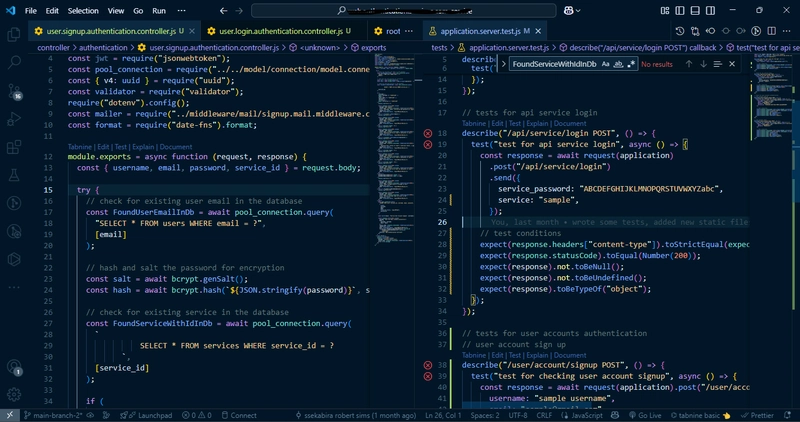
















![From drop-out to software architect with Jason Lengstorf [Podcast #167]](https://cdn.hashnode.com/res/hashnode/image/upload/v1743796461357/f3d19cd7-e6f5-4d7c-8bfc-eb974bc8da68.png?#)









































































































.jpg?#)

















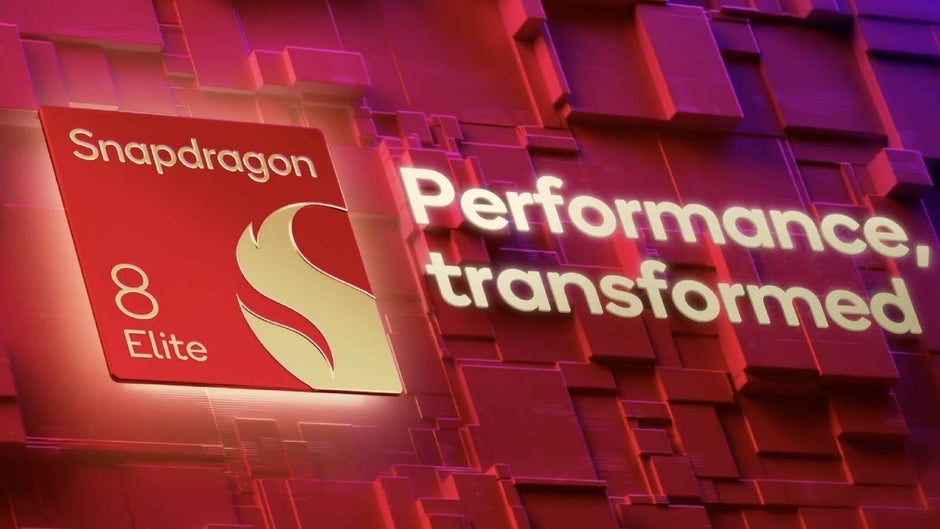













_ArtemisDiana_Alamy.jpg?#)


 (1).webp?#)









































































-xl.jpg)












![Yes, the Gemini icon is now bigger and brighter on Android [U]](https://i0.wp.com/9to5google.com/wp-content/uploads/sites/4/2025/02/Gemini-on-Galaxy-S25.jpg?resize=1200%2C628&quality=82&strip=all&ssl=1)










![Apple Rushes Five Planes of iPhones to US Ahead of New Tariffs [Report]](https://www.iclarified.com/images/news/96967/96967/96967-640.jpg)
![Apple Vision Pro 2 Allegedly in Production Ahead of 2025 Launch [Rumor]](https://www.iclarified.com/images/news/96965/96965/96965-640.jpg)















































